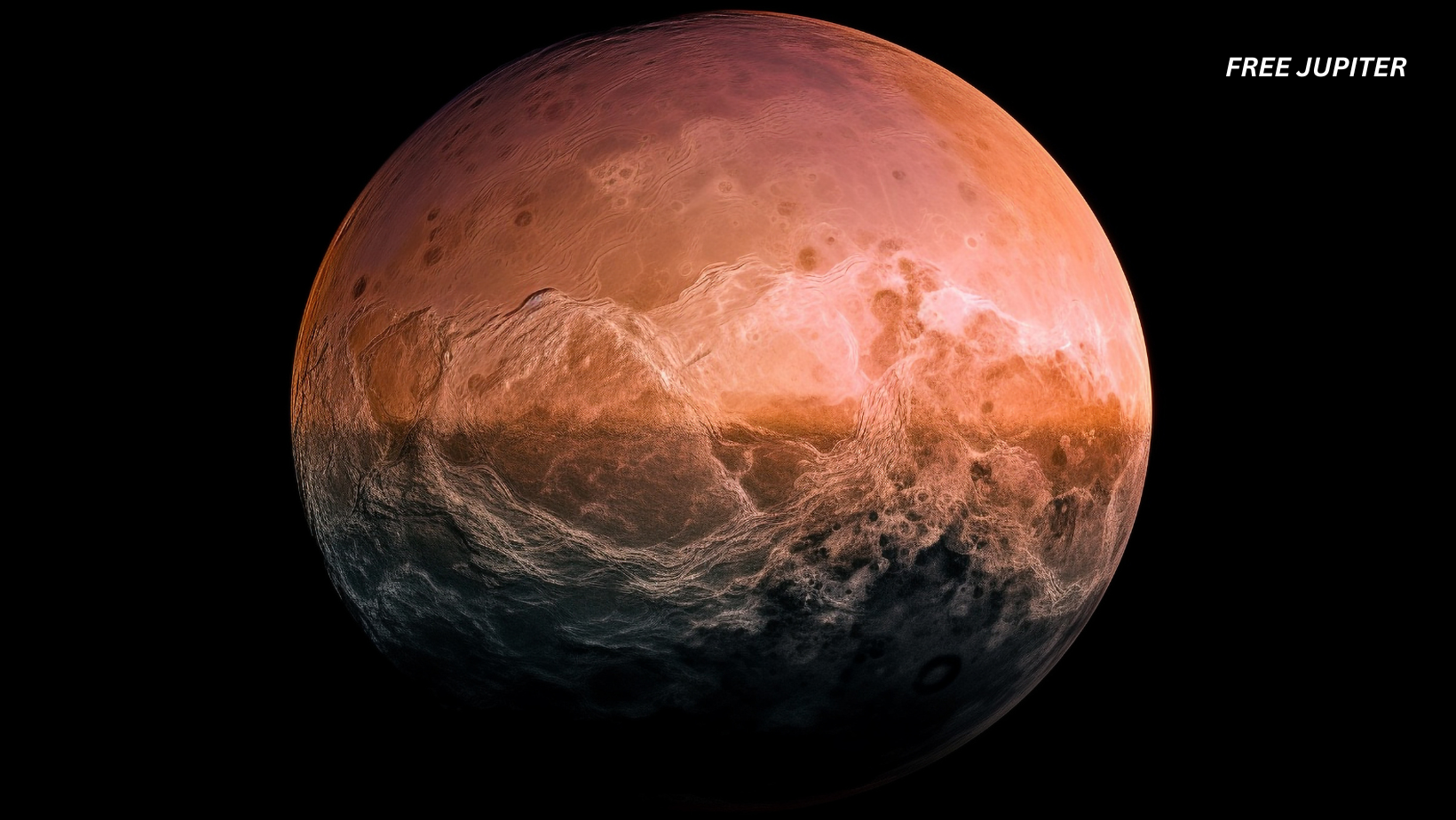For decades, scientists imagined Mars as a relatively simple planet on the inside—layered like a clean slice of cake. First the crust, then the mantle, and finally the core. But new research suggests this neat picture isn’t quite right. Instead, Mars’ interior is more like a rocky road brownie—uneven, chunky, and sprinkled with ancient leftovers from the planet’s early years.
This surprising twist comes from seismic data collected by NASA’s InSight lander, which spent four years listening to “marsquakes” before its mission ended in 2022. What scientists found beneath the surface challenges old assumptions and paints Mars as a kind of planetary time capsule.
Listening to a Planet’s Heartbeat
Just as doctors use earthquakes to understand Earth’s interior, planetary scientists use “marsquakes” to study what lies beneath the Red Planet’s dusty surface. InSight was designed to do exactly that. From 2018 to 2022, its ultra-sensitive seismometer recorded hundreds of tremors.
A team from Imperial College London focused on eight particularly clear marsquakes. By analyzing how the seismic waves traveled, they discovered something unexpected: the waves didn’t move smoothly. Instead, they scattered and bounced, suggesting the mantle is packed with massive chunks of material—some as large as 4 kilometers (2.5 miles) across.
In short, Mars’ insides are not uniform. They’re messy, irregular, and full of ancient debris.
Read more: NASA’s Curiosity Rover Detects The Largest Organic Molecules Found on Mars Yet
Where Did These Chunks Come From?
To understand these buried fragments, we need to rewind the clock about 4.5 billion years. The early solar system was a violent place. Young planets and proto-planets constantly slammed into each other in a cosmic demolition derby.
Mars, still forming, was struck by enormous bodies—some nearly the size of small planets. These colossal impacts released enough heat to melt vast portions of the planet into oceans of magma. As those magma oceans cooled, they didn’t solidify evenly. Instead, they left behind chemically distinct “patches” that never fully mixed.
Those patches, it seems, are the very chunks scientists are now detecting through seismic waves. They’re essentially the planet’s frozen scars from its chaotic youth.
Why Earth Looks Different
If Mars has preserved these scars, why doesn’t Earth show the same kind of geological time capsule? The answer lies in plate tectonics.
Earth’s crust is broken into giant plates that constantly shift, collide, and dive back into the mantle through subduction zones. This recycling process stirs the planet’s insides like a giant mixing spoon, erasing traces of early planetary chaos.
Mars, however, never developed this recycling system. Instead, it formed what scientists call a “stagnant lid.” Its crust hardened early and locked the mantle beneath, sealing in those primordial fragments. This makes Mars a rare archive of the solar system’s infancy—preserving details Earth has long since lost.
A Planetary Time Capsule
This idea—that Mars is a kind of geological time machine—is one of the most exciting parts of the discovery. By studying marsquakes, scientists are effectively peering billions of years into the past.
Dr. Constantinos Charalambous, who led the study, explained that these chunks represent Mars’ earliest history. They’re physical evidence of how violent collisions shaped the planet. In other words, Mars isn’t just a dusty red sphere—it’s holding onto a hidden diary of its childhood.
Read more: Scientists Say Life Once Thrived on Mars—Then Caused Its Own Extinction
The Bigger Picture: How Planets Are Born
The discovery also connects to broader questions in planetary science. When we look at rocky exoplanets around other stars, one big mystery is whether they go through similar stages of violent impacts and magma oceans.
Studying Mars’ preserved fragments gives us a rare glimpse into that process. It tells us that collisions didn’t just shape the surface of planets—they left lasting fingerprints deep inside. These fingerprints may influence everything from a planet’s magnetic field to its volcanic activity.
Why It Matters for Us
At first glance, learning about chunks of rock buried in Mars’ mantle might sound like a niche curiosity. But it matters because it helps answer one of the biggest questions humans ask: How did planets like Earth come to be?
Every new insight into Mars brings us closer to understanding why our planet is habitable while others are barren. It also shapes how we search for life elsewhere. If Mars preserved such ancient features, it could also be holding onto chemical clues about its potential for past habitability.
What About Other Worlds?
Mars isn’t the only planet or moon that preserves signs of early chaos. Looking outward, we can see some intriguing comparisons:
- The Moon: Our Moon also carries scars from early solar system impacts. Unlike Earth, it has no plate tectonics, so its craters and internal structures are like frozen snapshots of ancient events. Samples from the Apollo missions showed signs of a once-molten interior, similar to Mars’ magma oceans.
- Mercury: Small and dense, Mercury also cooled quickly and lacks tectonic recycling. Its surface is covered in giant impact basins that record billions of years of collisions. Like Mars, its interior may also preserve distinct fragments from its violent youth.
- Venus: In contrast, Venus seems to resurface itself from time to time through massive volcanic activity. This wipes out much of its ancient record, making Mars an even more valuable archive for planetary history.
By comparing these worlds, scientists can piece together how rocky planets—including Earth—formed and evolved.
Read more: Mars’ Glaciers Found to Contain 80% Pure Ice, Redefining The Planet’s Water Reserves
Looking Ahead
The next step in this research may come from future missions that build on InSight’s success. Imagine a network of seismic stations scattered across Mars, offering even clearer pictures of its interior. Paired with orbiters and rovers, this could give us the most complete history of a planet other than Earth.
For now, though, InSight’s seismic whispers have already rewritten Mars’ origin story. The Red Planet is not just a barren, dusty world—it’s also a messy archive of the solar system’s early violence, holding onto fragments from a time when planets were young, unstable, and constantly reshaped by colossal impacts.
In short: Mars isn’t just a desert world. It’s a fossil in motion, a cosmic brownie with ancient chunks baked in, waiting for us to take another bite of its history.
Featured image: Freepik.
Friendly Note: FreeJupiter.com shares general information for curious minds. Please fact-check all claims and double-check health info with a qualified professional. 🌱










